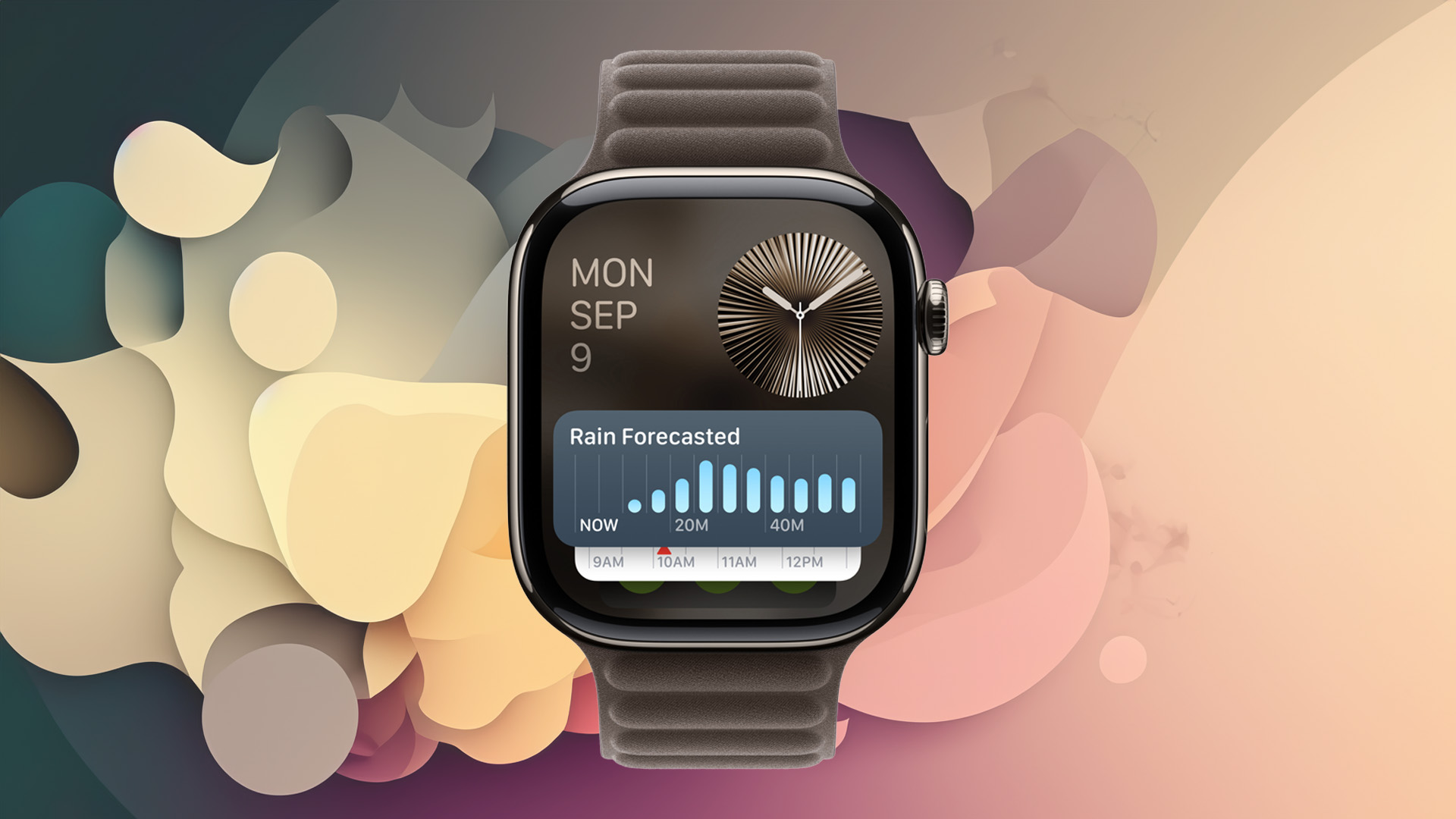Is the Apple Watch done evolving? The Series 10's subtle changes tell a different story
The Series 10 may seem minor, but it could hold clues to the next era of Apple wearables


If you watched the Apple 2024 Special Event with bated breath, like I did, to catch the first glimpse of what would surely become the future of all Apple Watches, you might feel slightly disappointed.
The Series 10, despite adding a new, brighter display, lighter chassis, and faster charging, failed to reinvent Apple’s wearable concept the same way the iPhone X did in 2017. This begs the question: Has the Apple Watch stopped evolving?
As it often happens, you might find the answer by looking not at the future but at the past of the best Apple Watches. While each iteration of the now 10-year old Apple Watch brings along smaller updates, over the years, these all added up to create what is now the most poplar smartwatch in the world.
Will we ever see a drastically different Apple Watch, or is this it? What models in the past were landmark updates? And what does the Series 10 means for the future of the wearable? Let’s dive in.
The key moments in Apple Watch's evolution
Apple's journey with the Watch began with the the original model (now called Series 0 online) and the Series 1, which firmly established the smartwatch category for the brand. At the outset, the focus was as much on fashion and aesthetics as it was on functionality, with the company positioning the Watch as a luxury accessory, thanks to collaborations with high-end brands like Hermès.
The Series 2 marked a significant shift as Apple pivoted toward fitness and health tracking. This version introduced GPS, a crucial feature for runners and outdoor enthusiasts, allowing the Watch to track distance and location independently from the iPhone. Water resistance was another notable upgrade, opening up new use cases for swimmers and marking the Watch as a versatile fitness companion.
Series 3 delivered one of the biggest leaps in the product’s evolution by introducing cellular connectivity. This feature was huge, as it allowed the Watch to function independently of the iPhone for the first time, enabling users to make calls, send texts, and even stream music directly from their wrist. This shift pushed the Apple Watch toward becoming a standalone device, rather than just an iPhone accessory.
Get all the latest news, reviews, deals and buying guides on gorgeous tech, home and active products from the T3 experts
Then came the Series 4, arguably one of the most significant updates in the Apple Watch's history. It was the first major redesign, featuring a larger display with slimmer bezels, which made the Watch feel more immersive without increasing the case size. But the real breakthroughs were in health features. The introduction of the FDA-cleared ECG function allowed users to monitor heart health with unprecedented accuracy, while fall detection added an essential safety feature for older users and those with mobility concerns.
Series 6 further expanded the health-tracking capabilities by adding blood oxygen monitoring (SpO2), a timely addition as respiratory health became more important (a funtion currently disabled due to an ongoing legal dispute with Masimo). The always-on altimeter also made the Watch more useful for outdoor and fitness enthusiasts. While this update didn’t have the same revolutionary impact as Series 4, it strengthened Apple’s position in health and fitness wearables.
Finally, let’s not forget the Apple Watch Ultra, released in 2022, catered to a niche but growing market: extreme sports enthusiasts. Its more rugged design, enhanced GPS capabilities, and significantly longer battery life were tailored for athletes who need their gear to withstand the harshest conditions. The Ultra was a statement of Apple’s ambition to expand the Watch into specialized areas, offering a premium alternative for adventure seekers.
It’s clear that the Apple Watch Series 10 looks and works very differently from the Series 0, which goes to show that although some feature updates might not seem significant, they add up over time. That said, the Series 10’s upgrades can be considered small; what does this mean for the future of the wearable?
What lies ahead for the Apple Watch?
Apple's approach with the Apple Watch Series 10, focusing on incremental improvements rather than a major overhaul, suggests a few possibilities for the future of the product line.
The Apple Watch has reached a stage of maturity, much like other Apple products (e.g., the iPhone and MacBook), where the focus is now on refinement rather than reinvention. The watch has already established a strong identity, design language, and set of features that work well for most users. Apple might feel that the core experience is solid enough that drastic changes aren't necessary at this point.
As such, future updates to the Apple Watch might focus more on the software side, with WatchOS playing a bigger role in adding new functionalities and experiences. With WatchOS 11, for example, we saw features like Smart Stacks, which enhanced usability without changing the hardware. This points to a potential future where major innovations come from the operating system rather than the hardware.
It’s likely Apple will prioritise adding new health and fitness sensors and metrics rather than a significant design overhaul. This is what’s happening with the Apple AirPods Pro 2, which will function as haring aids thanks to an upcoming software update. Future WatchOS updates could see deeper integration with medical-grade monitoring tools (e.g., glucose monitoring, mental health tracking).
Apple’s strategy with the Watch might mirror its iPhone development model, where revolutionary updates (like the iPhone X) happen less frequently, and instead, there are regular, smaller refinements. It’s possible we might eventually see a significant update, but Apple seems to be committed to a cycle of consistent, smaller improvements, ensuring that the watch remains relevant each year without needing to upend the design or functionality.
Does this mean we’ll never see a big update again?
It’s unlikely that we’ll never see a big Apple Watch update. Apple has a history of surprising its user base, and a major leap in design or functionality could come as the technology landscape changes (e.g., breakthroughs in battery life or display technology). However, Apple seems comfortable with the current pace of smaller, steady updates for now.
In the short term, it’s more likely that we’ll continue seeing gradual advancements in performance, health monitoring, and integration with other Apple services rather than a dramatic redesign.

Matt Kollat is a journalist and content creator who works for T3.com and its magazine counterpart as an Active Editor. His areas of expertise include wearables, drones, fitness equipment, nutrition and outdoor gear. He joined T3 in 2019. His byline appears in several publications, including Techradar and Fit&Well, and more. Matt also collaborated with other content creators (e.g. Garage Gym Reviews) and judged many awards, such as the European Specialist Sports Nutrition Alliance's ESSNawards. When he isn't working out, running or cycling, you'll find him roaming the countryside and trying out new podcasting and content creation equipment.